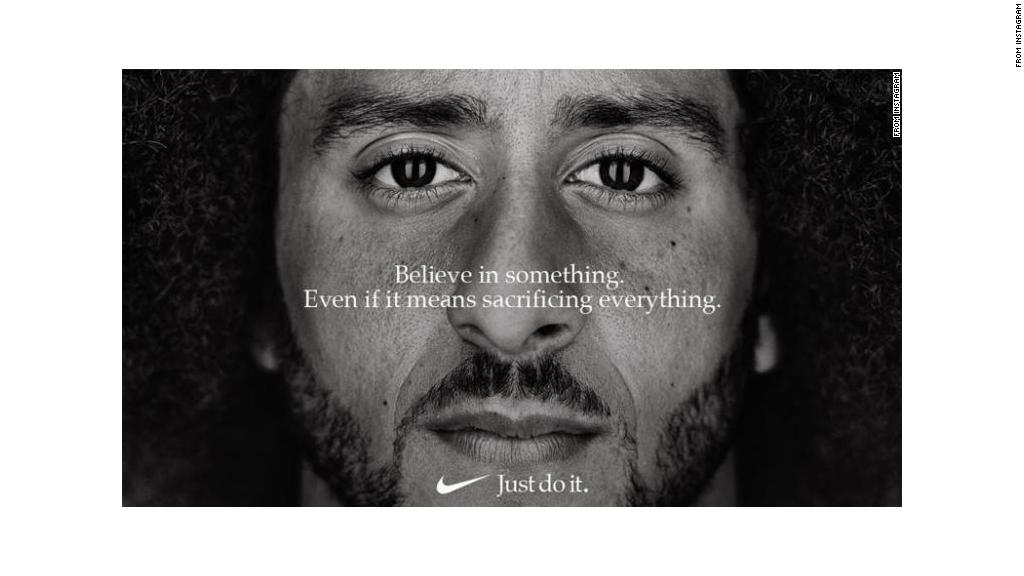In the years since “purpose-driven” brands have become hot among marketing and PR people, one thing has become clear – having a well communicated purpose is good for business. As Joanna Seddon of Presciant brand consultancy puts it, “Purpose-drive brands are more successful (than others) in every way.” An organization linked to a coherent purpose can make better products, offer better services and attract better employees. Her statement is backed by impressive research.
Seddon recently joined Craig Charney of Charney Research and Sarah Colamarino, former Vice President of Corporate Brand Equity and Partnerships at Johnson & Johnson, to discuss the hows and whys of successful purpose-driven marketing. At a webinar presented by the American Marketing Association New York, the three shared experience and insights on the relationship between brands and customers today.
Seddon noted that the 1980s were characterized by an emphasis on shareholder value. But when Jim Stengel and Marc Pritchard rose within the marketing ranks at Procter & Gamble, things began to change. Together with consultants like Joanna Seddon, they demonstrated how the fiscal benefits of true purpose-driven marketing to a team of financial executives with absolutely no background in marketing.
Here’s what marketers need to bear in mind when building and growing a purpose-driven brand.
Purpose is different from values
An organization’s values should act as the pillars that support its purpose, but that purpose itself is bigger and exerts more impact than principles like a commitment to DEI. As Colamarino explained, J&J’s purpose was changing the trajectory of health. For Google, it’s “to organize the world’s information and make it universally accessible and useful.” These are often huge and in many ways challenging ambitions.
Purpose isn’t created in isolation
Sarah Colamarino pointed out the value of “co-creation” of corporate brand purpose during her J&J years. It cannot come down from the C-level without the buy-in of the rank and file, for example. She explained that a true brand purpose comes both from the bottom up and the top level of the organization and warned that recruitment, hiring, and HR policies must match a company’s values and dovetail with its purpose. Her challenge in owning J&J’s purpose mission was in integrating it across all company sectors, an enormous but richly rewarding goal.
A brand’s purpose depends on its customers
Know your customer. “KYC” is a critical tenet of purpose-driven marketing. As Craig Charney reminded us, when Nike chose to embrace former San Francisco 49ers quarterback Colin Kaepernick after he refused to stand for the national anthem, calls for boycotts followed. But after a drop in its stock price, Nike rebounded and blew through its earnings targets shortly afterward. This was because Nike’s core customers supported its stance. We see this time and again when it comes to potentially controversial brand positions. Brands who understand the values of their core customers are far more likely to weather a backlash to a stance that is unpopular among some.
Purpose is a strategic management tool
Purpose has its own business purpose. And nowhere is this more evident than in Pfizer’s quest to create a COVID-19 vaccine, as recounted in CEO Dr. Albert Bourla’s book Moonshot. Bourla shares that the most critical factor in Pfizer’s success was the sheer impossibility of the goal.
When you ask people to do something in eight years that normally takes 10, they will find it challenging, but they will think of solutions within the current process.
I didn’t ask people to do it in eight years. I asked them to do it in eight months…. I insisted that these targets were not negotiable. Saving as many lives as soon as possible was our priority. The team recognized this, went back to the drawing board and came back with a completely new way of working – and the results were simply phenomenal.
Harnessing the power of purpose
After her 14-year stint at J&J, Sarah Colamarino says, “I look at purpose as a powerful management tool.” But its strength isn’t limited to mega-brands. Joanna Seddon’s most memorable experience with the influence of corporate brand purpose isn’t about P&G or Coca-Cola, although their programs were impressive. It came when her team was engaged by MD Anderson Cancer Center, whose purpose is reflected in its tagline, “Making Cancer History”. The CEO was leaving late one evening and he fell into conversation with a janitor who was cleaning up after a long day. When the janitor mentioned that he’d been with the company for 10 years, the chief executive asked why he had stayed so long. “Because I know I’m doing my part in making cancer history,” was the response.
That’s the power of purpose.




